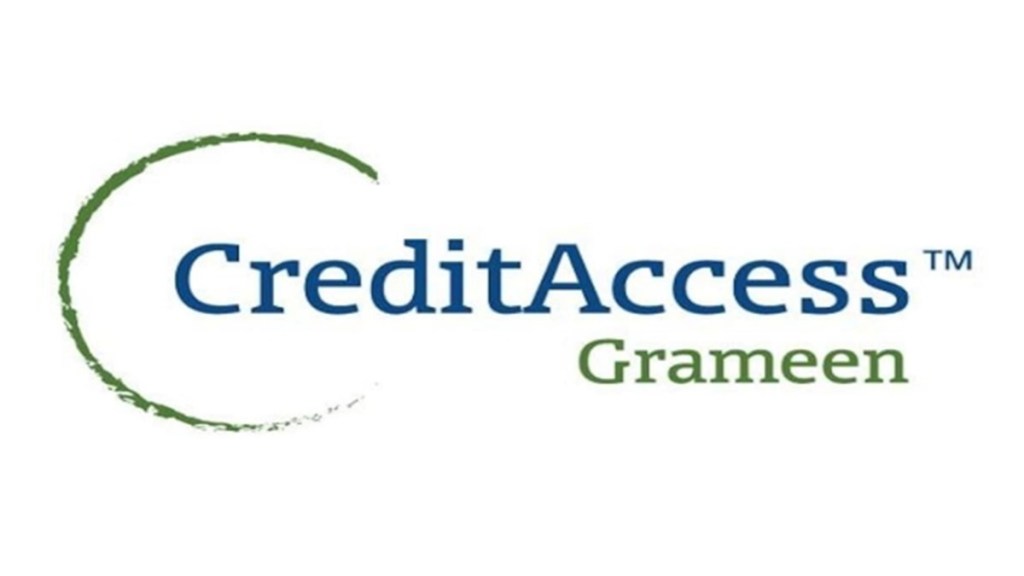Micro-financier CreditAccess Grameen is expected to generate return on assets of over 4% in 2023-24(April-March), says managing director and CEO Udaya Kumar Hebbar.
“This (return on assets) should improve because the pricing benefit (on interest rates) will accrue fully only by 2023-24. Also, the cost of credit will come down,” Hebbar said.
“The return on assets will be much better next year due to these two factors,” he added.
The company expects to maintain its return on assets at 4% in 2022-23.
Also read: NITI Aayog launches revamped Women Entrepreneurship Portal to onboard 2.5 lakh women entrepreneurs
In 2021-22, the company posted a return on assets of 2.2%. In comparison, the return on assets of key microloan providers Bandhan Bank and Equitas Small Finance Bank were a mere 0.1% and 1.10%, respectively.
Earlier this year, the Reserve Bank of India removed the cap on pricing of microfinance loans and this has given a fillip to CreditAccess Grameen, say analysts.
In April, the company migrated to a risk-based pricing model from a regulation-based pricing method. It hiked its lending rate by 130 basis points pursuant to this shift. The risk-based pricing method takes a lender’s cost of borrowing, cost of capital, and cost of risks into account.
“Considering the structural upmove in normalised credit cost from 20-25 bps pre-demonetisation to 60-70 bps pre-covid, CA Grameen has hiked its lending rate by 130 bps during the past six months,” brokerage firm ICICI Securities said in a report on Monday.
“This would drive higher profitability than the historical average given flexibly in determining lending rates based on the prevailing credit cycle,” it added.
While the company has guided for a credit cost of 2% in 2022-23, it expects this to fall to 1.5-1.6% in the next financial year.
Broadly, CreditAccess Grameen’s return on assets will be aided by a 25% year-on-year growth in its assets under management, an improvement in its net interest margins and geographic diversification into various North Indian states.
Together, these factors will also enable the company to grow its incremental market share in the micro-lending segment, say analysts.
Also read: CBIC makes exports from post office easy for MSMEs
The company’s gross loan portfolio stood at Rs 6,539 crore as on September 30. Tamil Nadu, Maharashtra and Karnataka contribute around 75% of the company’s assets.
Nevertheless, the company intends to reduce exposure to these three states to 60-65% by 2025, as a part of its 2025 Vision. Currently, around 40% of its branches are based in North India.

